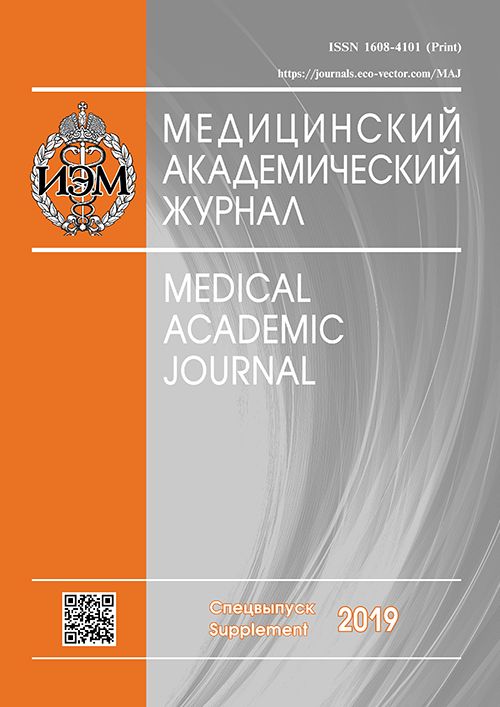THE INTERACTION OF ARENICIN-1 WITH C3B COMPLEMENT PROTEIN
- Authors: Umnyakova ES1, Krenev IA2, Legkovoy SV2, Sokolov AV1, Rogacheva ON2, Ovchinnikova TV3, Kokryakov VN1,2, Berlov MN1
-
Affiliations:
- Institute of Experimental Medicine, Saint Petersburg
- Saint Petersburg State University
- M.M. Shemyakin and Yu.A. Ovchinnikov Institute of Bioorganic Chemistry, Russian Academy of Sciences, Moscow
- Issue: Vol 19, No 1S (2019)
- Pages: 187-188
- Section: Articles
- Published: 15.12.2019
- URL: https://journals.eco-vector.com/MAJ/article/view/19391
- ID: 19391
Cite item
Abstract
Keywords
Full Text
About the authors
E S Umnyakova
Institute of Experimental Medicine, Saint Petersburg
I A Krenev
Saint Petersburg State University
S V Legkovoy
Saint Petersburg State University
A V Sokolov
Institute of Experimental Medicine, Saint Petersburg
O N Rogacheva
Saint Petersburg State University
T V Ovchinnikova
M.M. Shemyakin and Yu.A. Ovchinnikov Institute of Bioorganic Chemistry, Russian Academy of Sciences, Moscow
V N Kokryakov
Institute of Experimental Medicine, Saint Petersburg; Saint Petersburg State University
M N Berlov
Institute of Experimental Medicine, Saint Petersburg
References
- Panyutich AV, Szolda OH, Peon PH, et al. Identification of defensin binding to C1 complement. FEBS Lett. 1994;356:169-173.
- Van den Berg RH, Faber-Krol MC, van Wetering S, et al. Inhibition of activation of the classical pathway of complement by human neutrophil defensins. Blood. 1998;92:3898-3903.
- Groeneveld TWL, Ramwadhdoebe TH, Trouw LA, et al. Human neutrophil peptide-1 inhibits both the classical and the lectin pathway of complement activation. Mol. Immunol. 2007;44:3608-3614.
- Bhat S, Song Y-H, Lawyer C, Milner SM. Modulation of the complement system by human beta-defensin 2. J. Burns Wounds. Open Science Co. 2007;5:e10.
- Chen J, Xu XM, Underhill CB, et al. Tachyplesin activates the classic complement pathway to kill tumor cells. Cancer Res. 2005;65:4614-4622.
- Berlov MN, Umnyakova ES, Leonova TS, et al. Interaction of arenicin-1 with C1q protein. Russ J Bioorgan Chem. 2015;41:597-601.
- Umnyakova ES, Gorbunov NP, Zhakhov AV, et al. Modulation of human complement system by antimicrobial peptide arenicin-1 from Arenicola marina. Marine Drugs. 2018;16:e480.
Supplementary files







